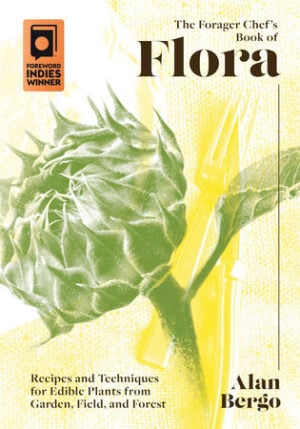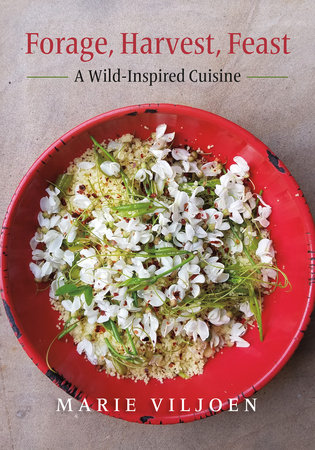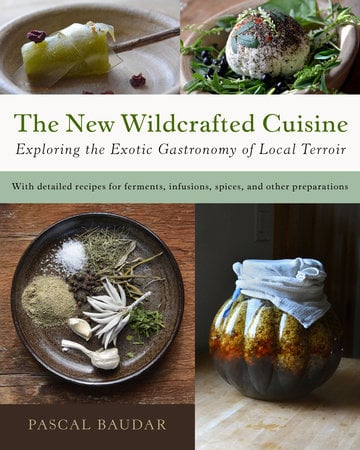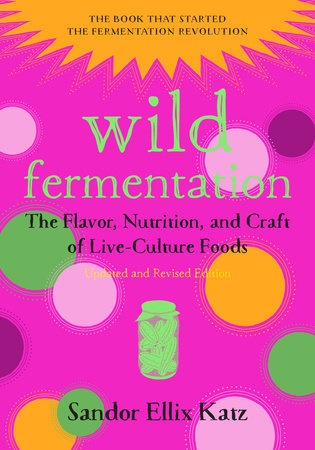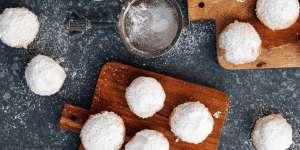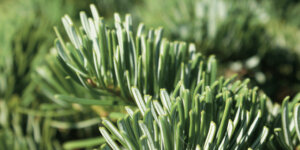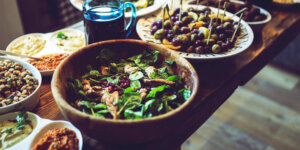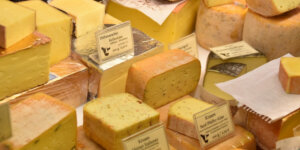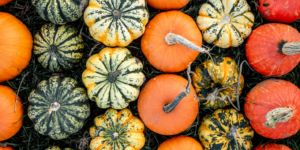The Whole Broccoli Frittata: A Wild Boost To Your Brunch Menu
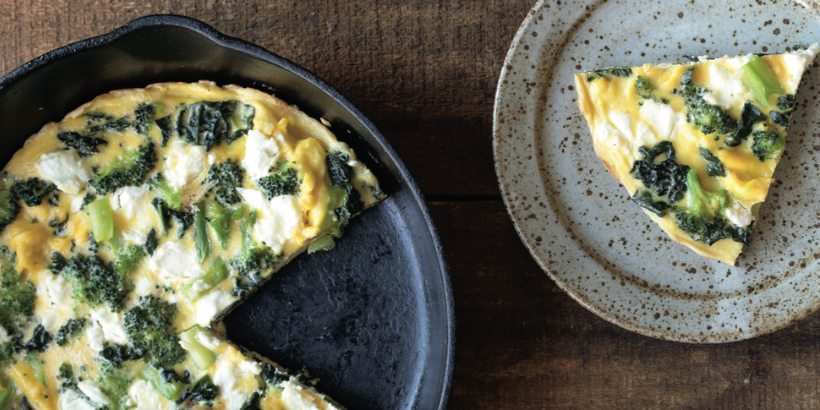
Introducing…your new favorite brunch dish! This whole broccoli frittata is packed with fresh, wildcrafted flavors that are bound to help you start your day off on the right foot.
The following is an excerpt from The Forager Chef’s Book of Flora by Alan Bergo. It has been adapted for the web.
RECIPE: Whole Broccoli Frittata
Serves 4–6 as a light entrée
The first time I walked through a garden growing broccoli, I noticed straightaway the large, collard-like leaves—something you never see in the store. Broccoli is more than just florets. The leaves are one of my favorite fall greens.
Cousins like Italian spigariello or leaf broccoli are grown specifically for their sweet, robust leaves. The leaves are great added to any dish with broccoli, or just cooked by themselves, but enjoying the leaves, stem, and florets in a dish like this simple frittata is a great way to use the whole plant.
Feel free to use other leafy greens, especially nettles, instead of the broccoli. For a smaller version, use 4 eggs, slightly less broccoli and other ingredients, and an 8-inch (20 cm) pan, with slightly less broccoli or greens.
Ingredients
- 1/2 ounce (14 g) attractive broccoli leaf, stem removed (1 large leaf)
- 5 ounces (140 g) broccoli, trimmed into 1-inch (2.5 cm) pieces, stem peeled down to the tender core (1 small head)
- 6 large eggs, at room temperature
- 1/4 cup (60 ml) heavy cream
- 2 tablespoons unsalted butter
- Kosher salt and fresh-ground black pepper
- 2 ounces (55 g) fresh chèvre
Procedure
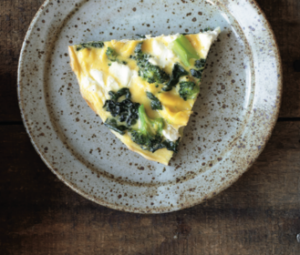
Next, add the florets and stem and cook for another 30 seconds. Remove the vegetables to cold water to halt the cooking, drain well, dice the broccoli leaf into 1-inch squares, and reserve.
Combine the eggs and cream in a bowl, whisking until mixed. Melt the unsalted butter in a 10-inch (26 cm) cast-iron skillet or other 10-inch non- stick oven-safe pan.
Add the broccoli leaves, florets, and stems. Season to taste with salt and pepper, then add the egg mix, cook for a minute or two, and stir a few times, as if you’re making a folded omelet.
Crumble in the fresh chèvre and stir to incorporate.
Bake for 10 minutes or until the top is just barely set, being careful not to overcook the frittata.
I also like to turn the oven off and allow the frittata to cook very slowly if I’m waiting for other dishes to cook or guests to arrive.
Accompanied by a green salad, this makes a great brunch or lunch dish.
Recommended Reads
Recent Articles
The scent of fir trees is a holiday staple 🎄 Imagine sipping a festive cocktail infused with the unmistakable taste of fir ✨ This holiday season, elevate your entertaining game by introducing fir to your menu – from classy cocktails to rustic potatoes!
Read MoreLooking for a way to use that leftover Thanksgiving Turkey? Shake things up this holiday season with a game-changing twist. Serve these easy-to-make appetizers with a side of Vietnamese dipping sauce for an extra kick of flavor!
Read MoreAttention all cheese lovers! If you’re looking for recipes to satisfy all your cheesy needs, then look no further.
Read MorePumpkins: Halloween symbol or sweet treat? But have you ever wondered how they became a holiday staple? Discover the rich history behind this fall favorite!
Read More

